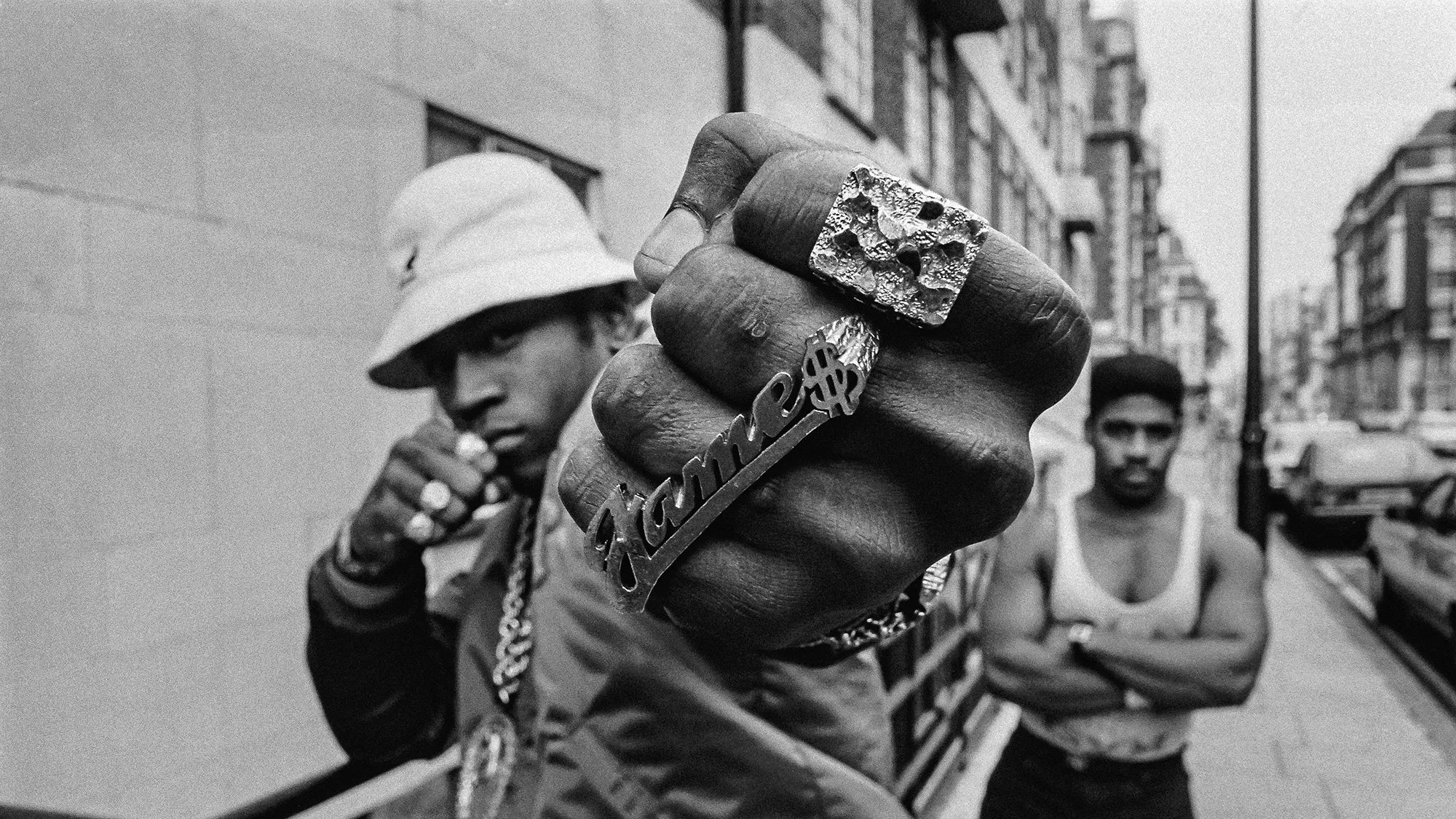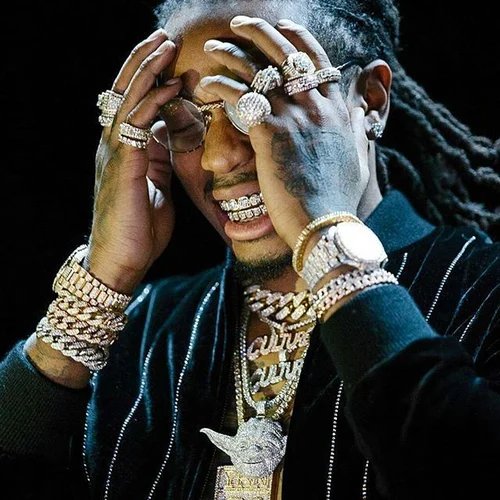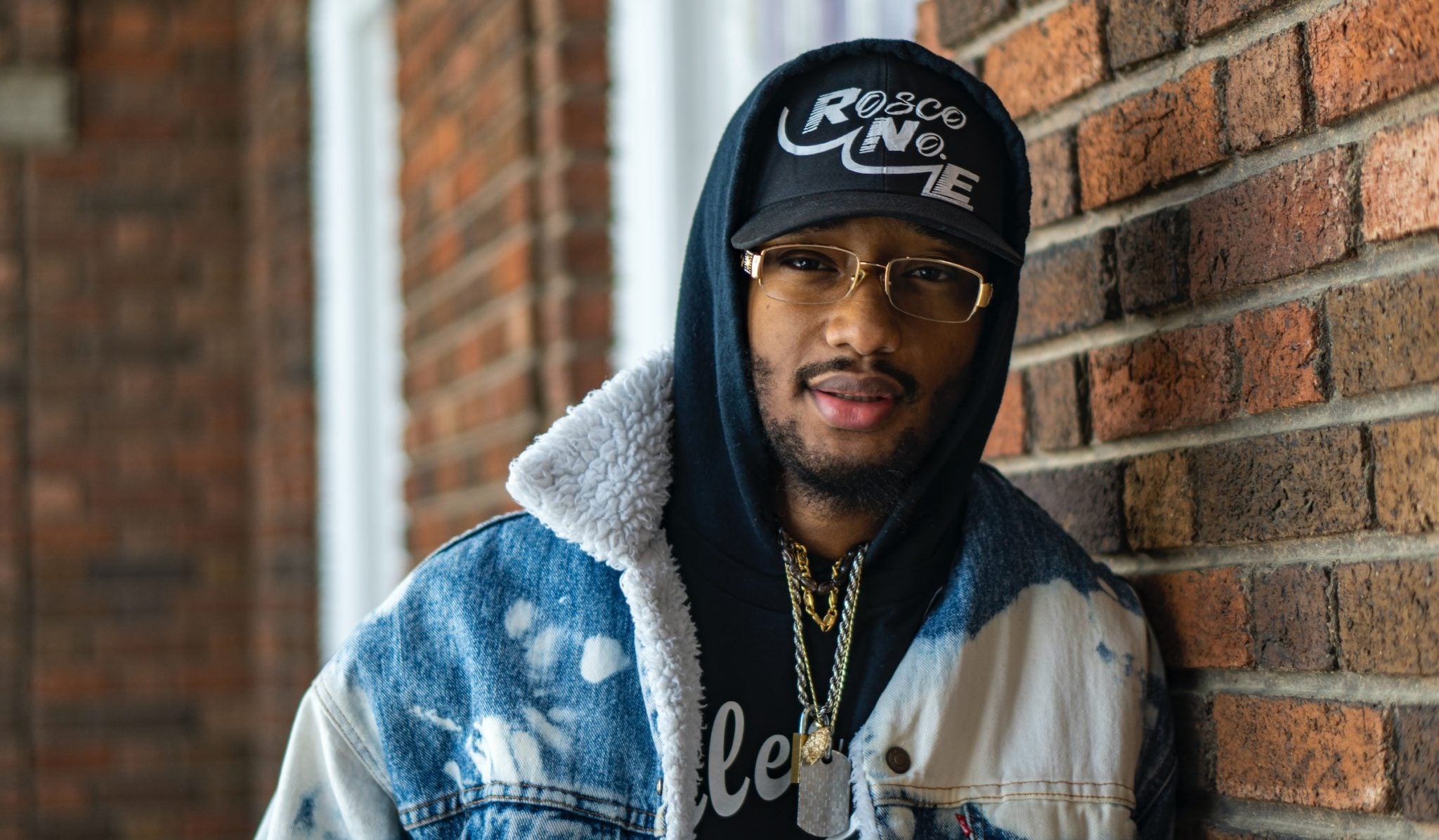Artikel: From the Corner Store to Cartier: How Hip-Hop Jewelry Changed the Game

From the Corner Store to Cartier: How Hip-Hop Jewelry Changed the Game
Hip-hop and bling go together like beats and rhymes. But the journey of hip-hop jewelry from the corner store to luxury brands like Cartier and Tiffany is a story worth telling. It’s a tale of innovation, culture, and influence that reshaped the world of fashion.
The Humble Beginnings
It all started in the streets. In the early days of hip-hop, jewelry was a way to stand out and express individuality. Artists like Run-D.M.C. and LL Cool J made gold chains and rope necklaces iconic. These pieces were bold, loud, and a clear statement of success in a world that often tried to hold them back.
Back then, you didn’t need to shop at a high-end boutique to get your hands on some bling. Local jewelers and corner stores were the go-to spots for aspiring rappers looking to make a statement. The jewelry was big, flashy, and full of character, just like the music and the culture itself.
Bling Goes Big Time
As hip-hop grew in popularity, so did its style. The ‘90s saw a shift from gold to platinum and diamonds. Artists like Jay-Z and Biggie Smalls started wearing more extravagant pieces, turning heads and setting trends. These weren’t just accessories; they were symbols of power and success.
Enter Jacob the Jeweler, the go-to jeweler for many top artists. His custom pieces became synonymous with hip-hop culture. From Jay-Z’s intricate pendants to Pharrell’s colorful chains, Jacob’s creations helped bring hip-hop jewelry into the mainstream spotlight.
High Fashion Meets Hip-Hop
The fashion world took notice. High-end brands like Gucci, Louis Vuitton, and Cartier started to see the influence of hip-hop. These brands began collaborating with hip-hop artists, blending street style with luxury fashion. The result? A whole new level of bling.
Think about it: artists like ASAP Rocky and Cardi B are now fronting campaigns for major fashion houses. They’re not just wearing the jewelry; they’re redefining what luxury looks like. Hip-hop jewelry has become a bridge between street culture and high fashion, making bling more versatile and influential than ever.
Iconic Moments and Pieces
There are some pieces that stand out in the history of hip-hop jewelry. Biggie’s Jesus piece, for instance, became an instant icon. Designed by Tito Caicedo of Manny's Jewelry, this diamond-encrusted pendant symbolized faith and success, and it’s been replicated countless times.
Another legendary piece is Kanye West’s Horus chain, crafted by Jacob the Jeweler. This oversized, Egyptian-inspired piece symbolized Kanye’s self-perception as a powerful, almost divine figure in the music industry. It’s a perfect example of how hip-hop artists use jewelry to tell their stories.
The Future of Hip-Hop Jewelry
So, where does hip-hop jewelry go from here? The sky's the limit. As custom pieces become even more elaborate and collaborations with luxury brands continue, we can expect to see even more innovative designs. Hip-hop will keep pushing boundaries, influencing not just fashion, but the entire cultural landscape.
Hip-hop jewelry has come a long way from the corner store to Cartier. It’s a testament to the creativity, resilience, and influence of hip-hop culture. The next time you see a rapper rocking some serious bling, remember: it’s not just about the shine. It’s about the journey, the statement, and the story behind each piece.


